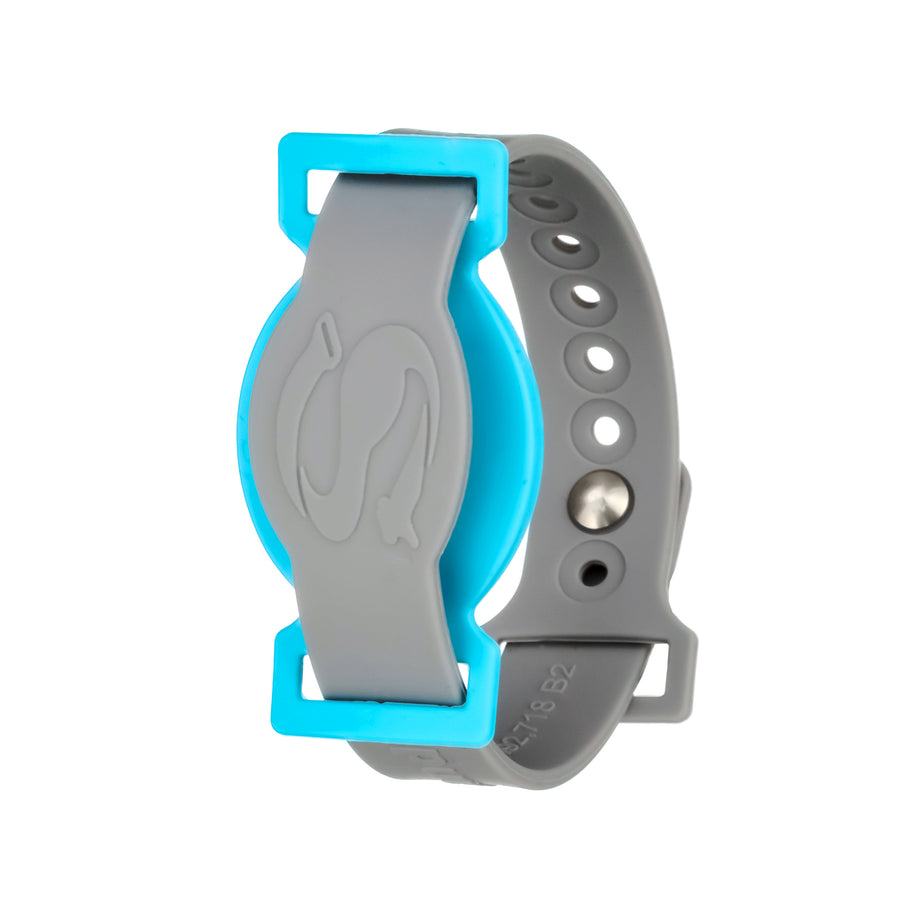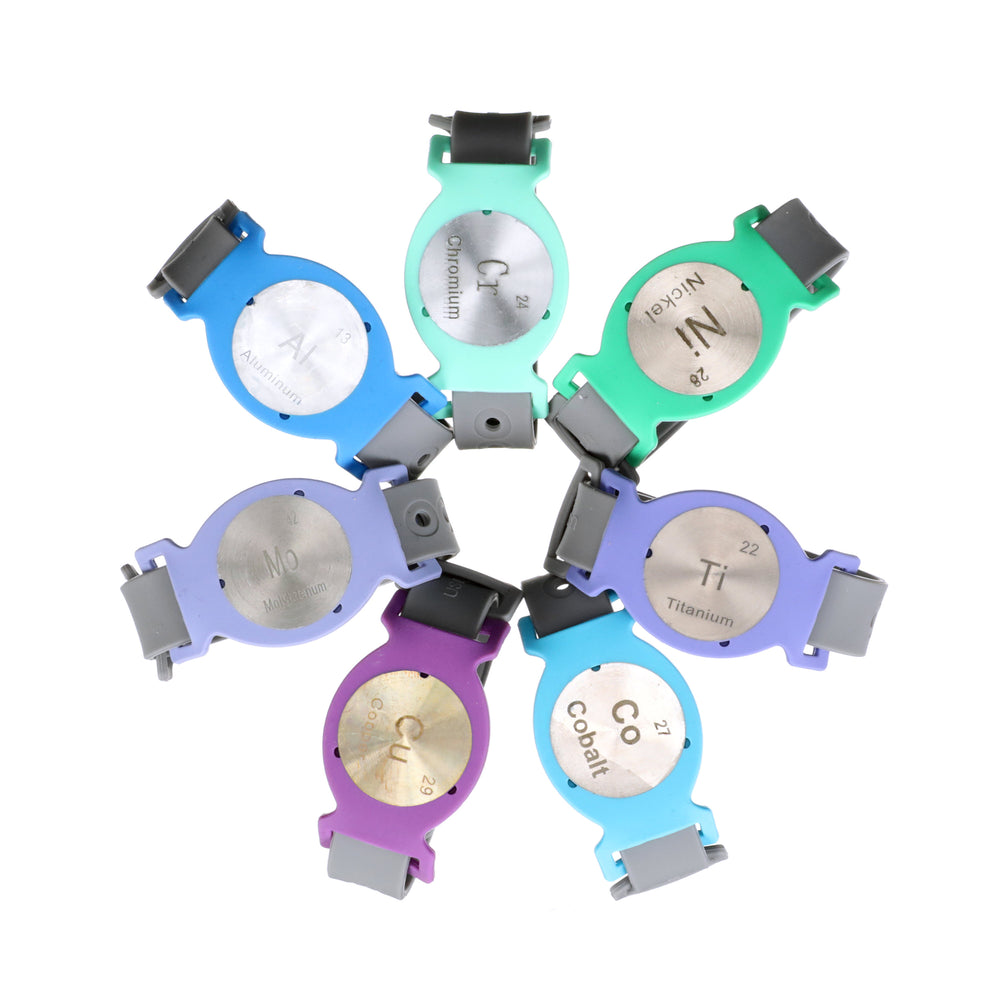What are symptoms and sequelae of allergies to metals?

The incidence of metal allergies is increasing in the general population. This is due to the increased exposure to metals in the environment and in daily life. Metals are present in many items that directly contact the skin and are also found in implanted medical and dental devices, tattoo ink, foods, and supplements.
There is a wide range of signs, symptoms, conditions, and complications attributable to metal hypersensitivities, and these vary from person to person due to the differences in individual immune systems. The mechanisms by which individuals develop allergies are complex, and the type, amount, degree, and length of time of exposure to a metal to which someone is hypersensitive all play a factor in the immune response. These responses can be local, but they can also be systemic, and the severity of the reactions varies as well. These reactions can be subtle, but they can also be very severe.
Metals that are in direct contact with the skin like those found in jewelry, eyeglass frames, and clothing items like buttons, rivets, and zippers can cause a local immune response in individuals who are hypersensitive. Contact dermatitis is the more commonly used term to describe these reactions. Although some of these cutaneous reactions can be quite severe, the good news is that these reactions will often completely subside once the metals have been removed, which can be done quickly and easily.
Symptoms and signs seen on the skin that are associated with contact dermatitis include:
- Rash
- Erythema or red, dark brown, purple, or gray skin
- Swelling
- Itchy skin
- Dry and cracked skin
- Burning or stinging
- Blistering of the skin
In comparison to topically applied metals, internally implanted metallic medical and dental devices, could cause more generalized and systemic immune responses in hypersensitive individuals. These can be severe and disabling and can be quite difficult to diagnose. Even more problematic is that it may not be possible to easily remove these implants without exposing an individual to significant risks, complications, and morbidity.


Systemic and more generalized responses that have been reported with allergies to implanted metals and to artificial joints include:
- Hives or urticaria – multiple red, raised, itchy skin welts
- Joint swelling and pain
- Joint effusions
- Implant loosening
- Muscle pain
- Angioedema - swelling located deep under the skin
- Fibromyalgia
- Chronic inflammation
- Chronic fatigue
- Headache
- GI symptoms
- Eczema – atopic dermatitis
- Allergic rhinitis, nasal congestion, sneezing
- Impaired wound healing
- Sore throat
- Rheumatoid arthritis
- Cognitive impairment
- Depression
On rare occasions, immunologic dysfunction can result in multiple types of concurrent hypersensitivity reactions. Allergic contact dermatitis is a Type IV hypersensitivity reaction, which is different from the immunologic mechanism that causes hives, angioedema, and anaphylaxis, which are all Type I reactions. In rare instances, individuals with contact dermatitis can develop hives and angioedema after encountering an allergen.
Even more rare, patients with allergic contact dermatitis can develop anaphylaxis, which is a severe, life-threatening allergic reaction, in which airways can swell and close. It is an extreme emergency.






